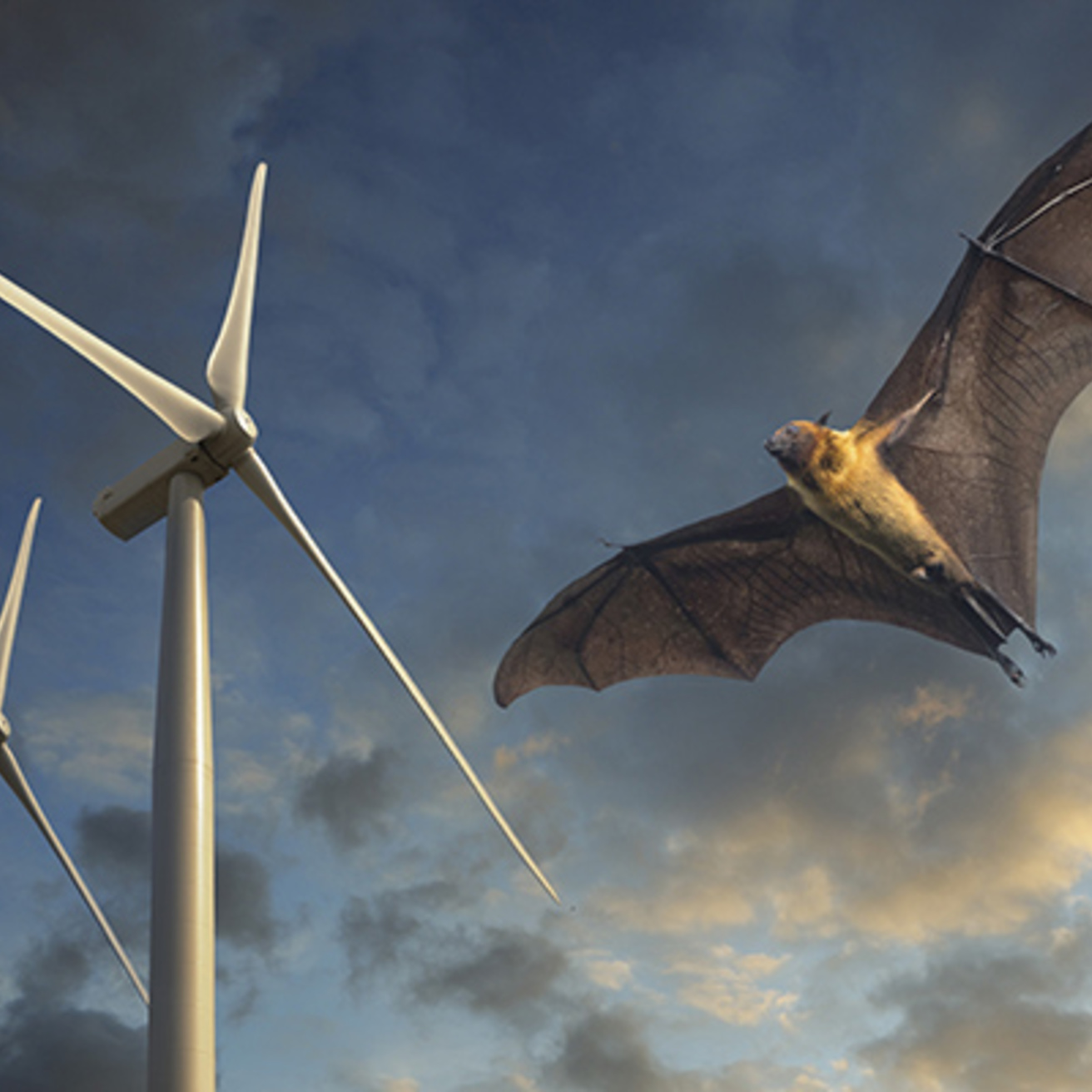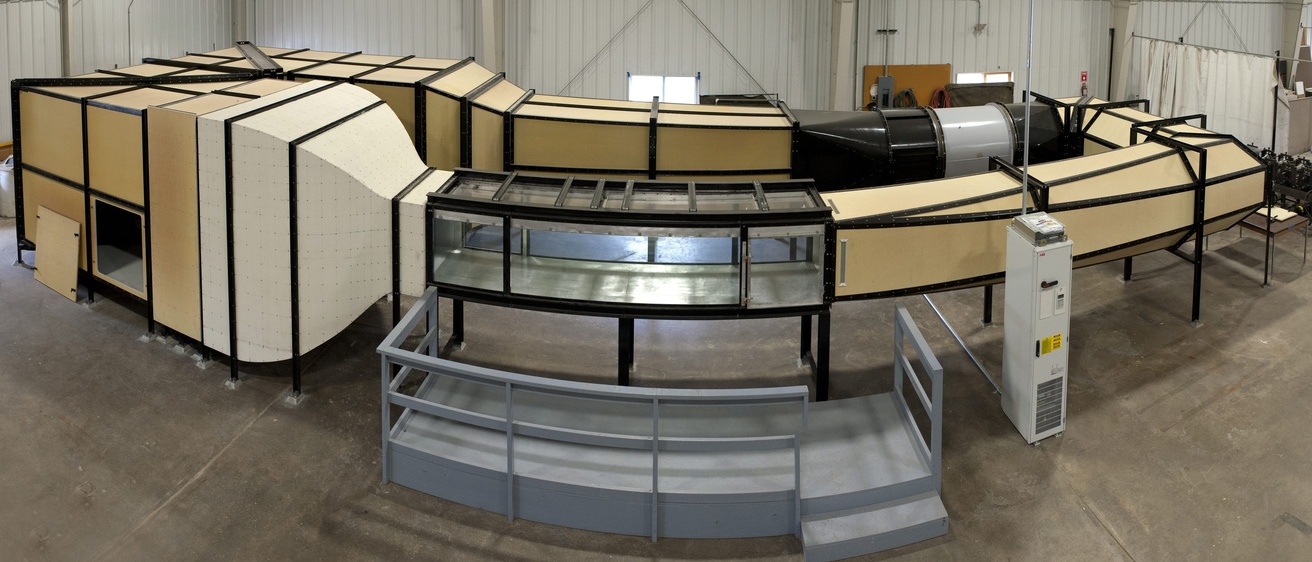Understanding the Performance of Wind Turbines
• Sponsors: MidAmerican Energy Company, NSF, NASA, USGS, and the Iowa Energy Center
• Objective: To better understand how weather conditions affect the performance of wind turbines — information that will be crucial to build more accurate turbine flow models and optimize operation of turbines in less than ideal conditions.
Research Goals:
- Improve wind power plant performance and forecasting
- Better understand and mitigate the environmental impacts of wind turbines
Environmental Flows
Environmental Flows Present Challenges for Wind Energy Production:
- Complex terrain and density stratification affect wind power plant performance and make prediction of wind energy challenging
- Turbulence enhances supply of energy to wind turbines, but can also lead to fatigue and premature failure of turbine components
- Measurements using Doppler wind LiDAR and meteorological towers, as well as wind tunnel studies, are used to improve models of environmental flows and wind turbine wakes
- Simulations of the interactions between wind turbines and the atmospheric boundary layer can be used to optimize wind power plant design and control to maximize power production based on local conditions
Wind Energy and Wildlife Interactions Research
Environmental Flows Present Challenges for Wind Energy Production:
- By understanding how the behavior of birds and bats relates to local atmospheric conditions in and around wind farms, we can develop improved prediction and mitigation measures to minimize risk to wildlife while maximizing wind power generation through enhanced wind plan control
- Using radar and thermal imaging, we can track birds and bats at landscape and individual turbine scales, guiding new smart curtailment strategies

